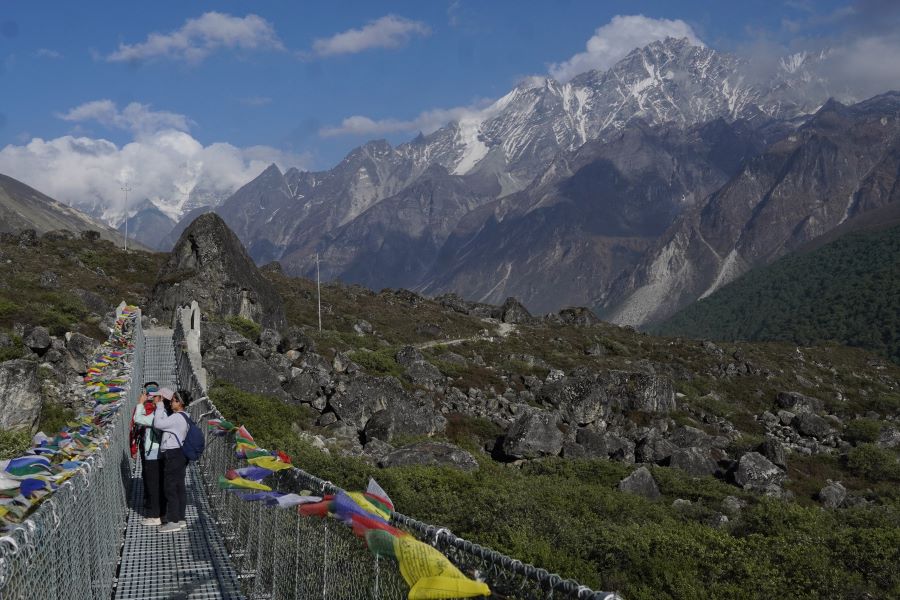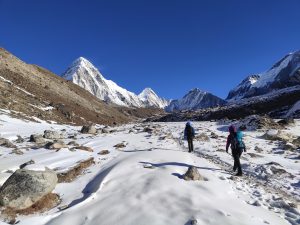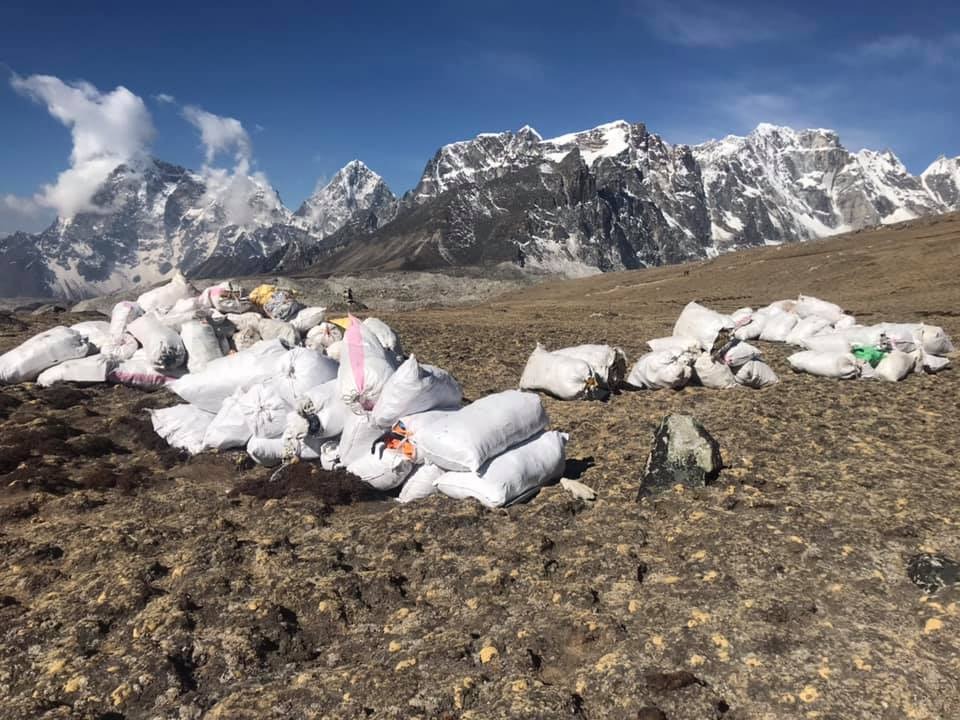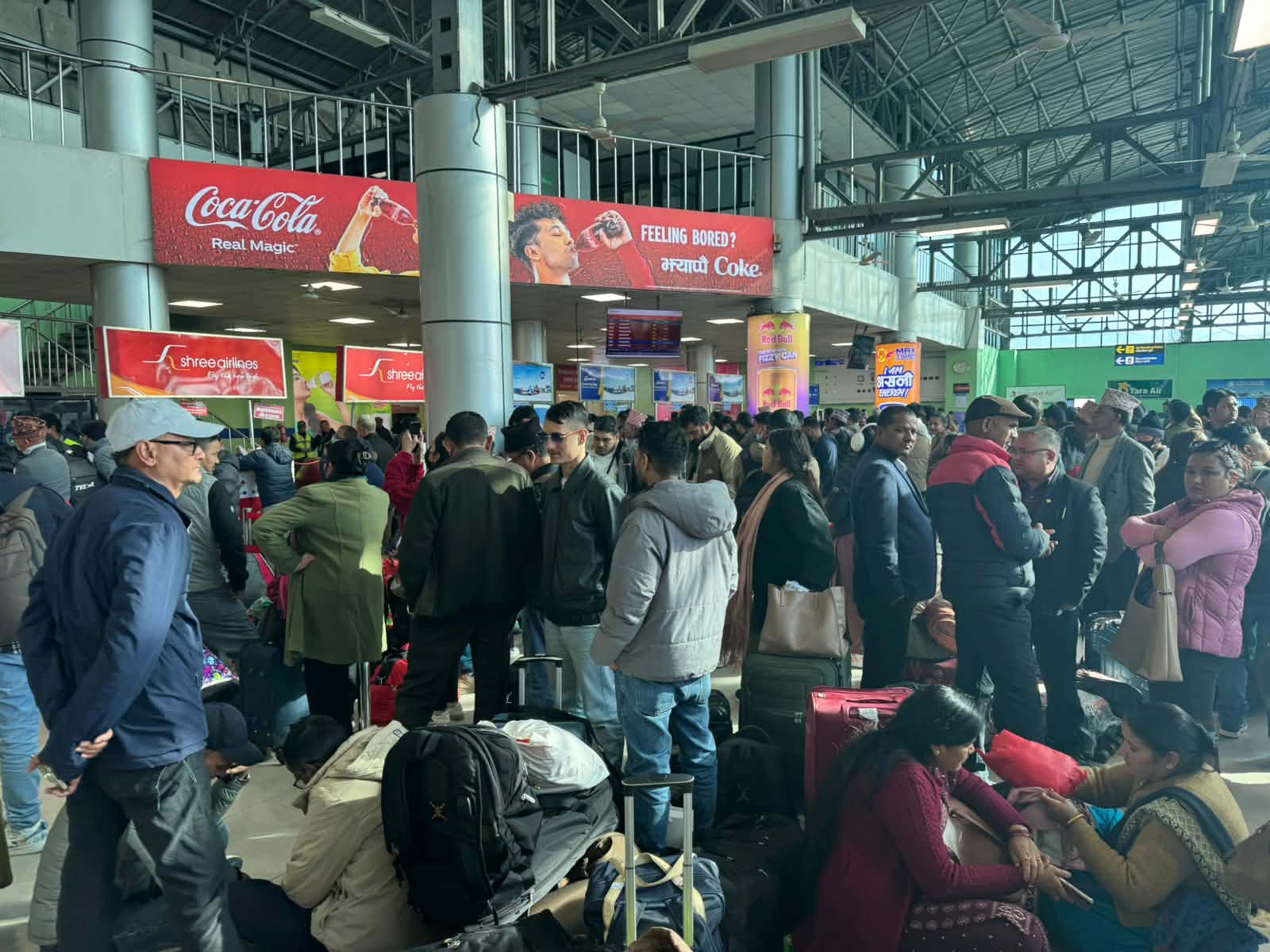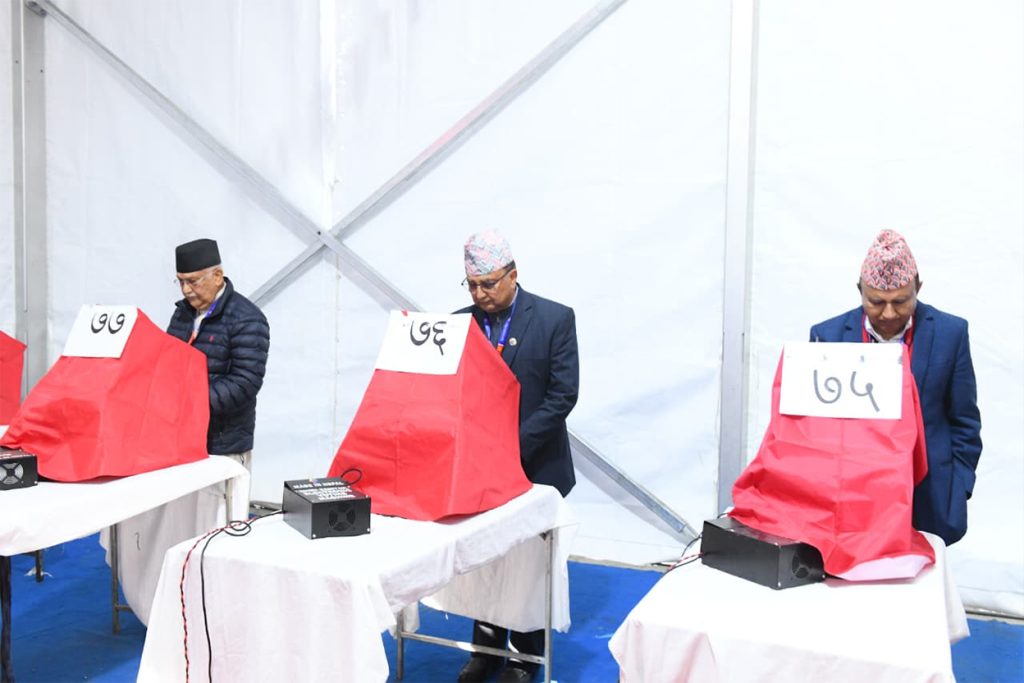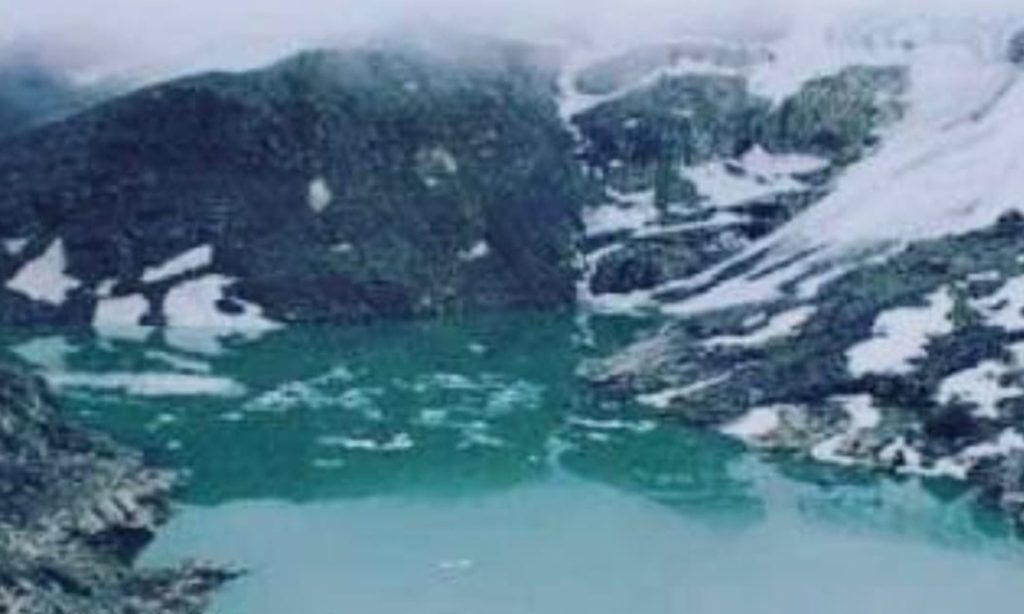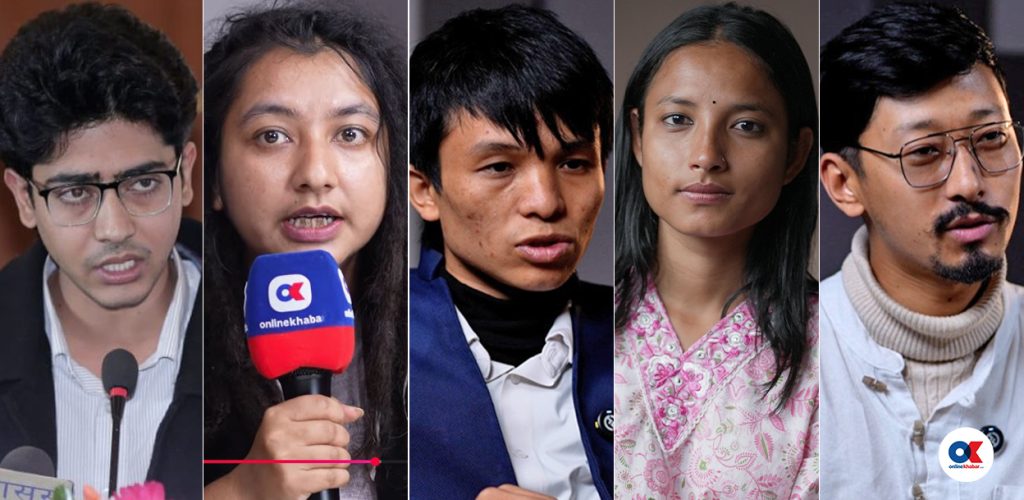
As the travel industry of Nepal faces a major trekking season in spring 2024, new changes in the travel rules have a big impact on the industry. As the Everest trekking alone comprehends 50 per cent of tourists who travel to Nepal, even a slight change in the trekking rules has a big impact.
A few years back, the local government implemented the Khumbu Pasang Lhamu Rural Municipality Entrance Permit. While tourists were still adapting, a big confusion was created when most of the flight to Lukla during the peak season was shifted to Ramechaap, Manthali Airport. And admits all this, a big change is being made to the Everest Region flight rules.
A new helicopter landing rule came into action after the tragic accident of Manang Air on November 7, 2023. This helicopter crash killed six people on the spot, five of them were Mexicans travelling to Nepal and one was a Nepali pilot.
The commercial helicopter tour operation

Now, let’s understand how commercial helicopter tours operate nowadays. It might be called the —rule of four landings. Most, helicopters to Mt Everest can fly five people, a total weight above 250 kg to Lukla and Pheriche at a time. A compulsory landing is done here to refuel the helicopter and cool down the engine.
The first official landing is done at Pheriche so the helicopter can divide the group and fly over to and forth. This is important because flyover above Mt Everest and Kala Patthar (at a height above 5,000 meters) can be done with only two to three people at a time (total weight below 250 kg). The helicopter then comes back to Pheriche, second landing, to take the remaining people for a fly-over. Coming back to Pheriche, it finally takes all passengers on board, thus ensuring a third landing.
Then, all passengers fly to Everest View Hotel (13,000 ft/ 3,962 meters), the longest and most exciting one among all the landings. Here, the travellers can enjoy breakfast, and capture photos, and videos before flying back to Kathmandu, thus completing the trip.
Owner of Himalayan Masters, Sandip Dhungana, says, “A lot of tourists willing to take a helicopter want to land at the Everest Base Camp or Kalapatthar. When we say that such landing is not possible, they cancel the bookings.”
The four landing rules in Everest do not impact private helicopters that only carry two people at a time. These private helicopters land at Lukla for refuelling and then directly go for a flyover. Afterwards, coming back to Kalapatthar, the helicopter can land for about 5 to 10 minutes. The next landing is done in Everest View Hotel and then the helicopter flies directly back to Kathmandu.
The changed rules
In February 2021, strict rules came into action after Indian journalist Sudhir Chaudhary from Zee News flew to Kalapatthar via Simirik Air without Permission.
After this event, the National Park authority had to write a letter to each helicopter company in Nepal informing them that regular flights can now only land in Lukla, Namche, and Syangboche. The rule, however, did not apply to rescue flights that could land at any zone within the park as long as the helicopter providers had appropriate permits.
Almost one year after this event, the National Park Authority considered issuing landing permission at Everest Base Camp and Kalapatthar. But after the 2023, EBC Helicopter crash, the National Park Authority has been very strict about landing permission.
The helicopter tour operators are unhappy about the new rules that restrict landing on Everest region.
Mukti Pandey, the director at Everest Experience and assistance says, “We definitely need to be very careful about the condition of helicopters and fly only in good weather. But to restrict all landing in important spots will have a big impact on local tourism and income that comes from it.” Everest Experience is among the largest helicopter operators in the industry currently.
It is for the future to see if this new rule will be able to prevent such tragic accidents from happening again. And if travel companies will be able to find alternatives for Everest Base Camp and Kalapatthar landing.







